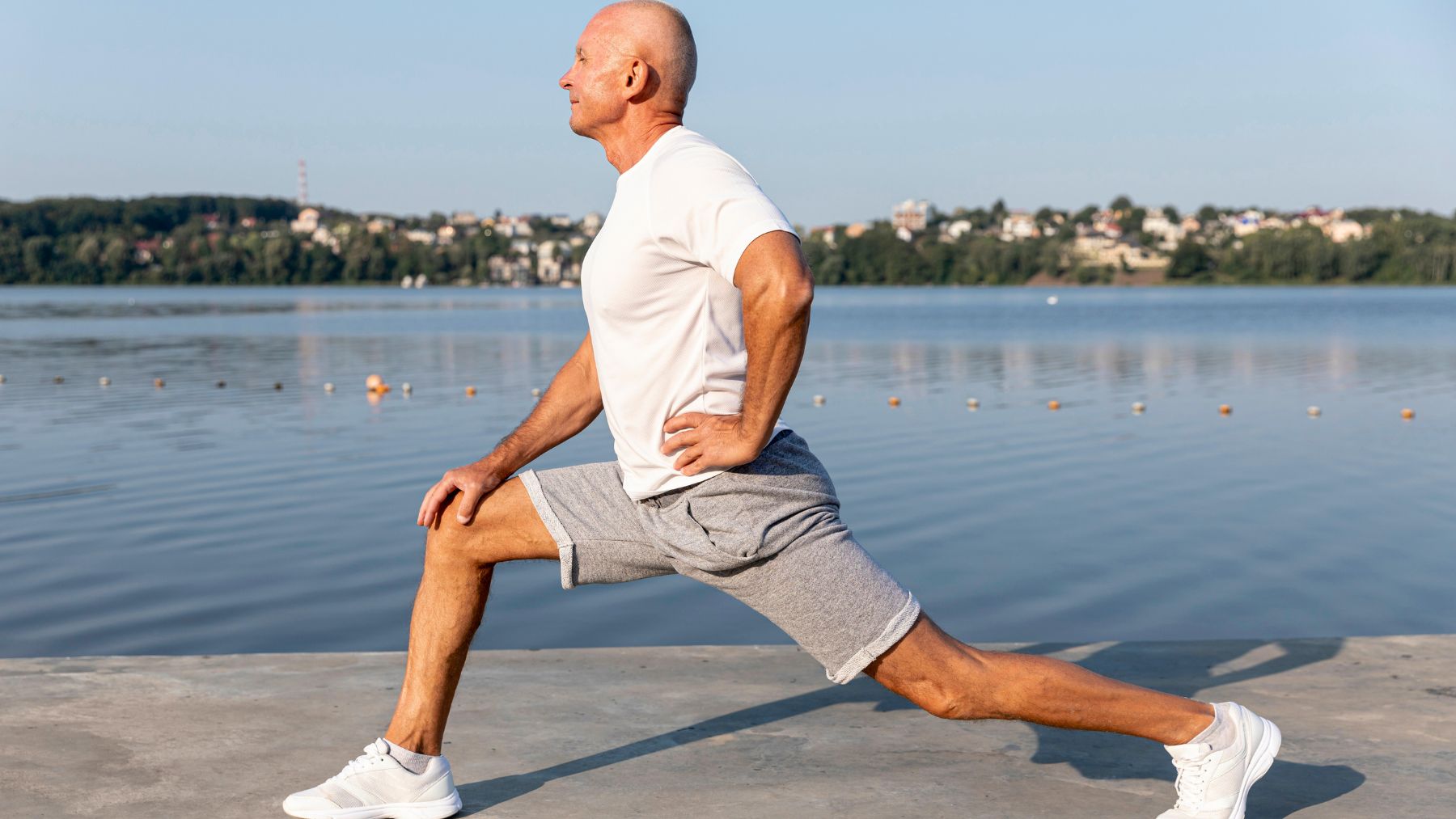At 71, fitness coach Nate Wilkins isn’t chasing youth—he’s building strength that lasts. After decades of trial and error, he’s found what actually works: simple, consistent movement that keeps the body capable and the mind sharp.
His training philosophy is about keeping up with life—carrying groceries, traveling with ease, and waking up without aches. Wilkins co-created the AgelessWorkout Method, a program built around purpose, community, and smart recovery. Let’s explore how he trains for longevity and what seniors can learn from his approach.
The routine to stay strong after 70
Nate Wilkins’ story reframes what aging can look like. A longtime coach and wellness advocate, he still trains clients, travels, and runs workshops around functional fitness and mobility. His secret is treating movement as a lifelong relationship, not a short-term challenge.
He starts most mornings with foam rolling and long stretches, giving his muscles time to wake up. Then he moves into resistance training—squats, rows, carries, and presses—always with good form and intention. He trains grip strength, because being able to open jars and hold onto support bars matters more than bench press numbers at his age.
Pain, he says, isn’t something to fear; it’s feedback. If something hurts, it’s a signal to rest or adjust, not a reason to stop. His workouts adapt to his day. Some sessions are short, others slower and more restorative. The goal is always the same: keep moving in ways that support real life.
His favorite strength and mobility routine can be done anywhere—a living room, a park, even a hotel room. It focuses on compound movements that engage multiple joints and muscles: squats, push-ups, hip hinges, standing knee lifts, and gentle lunges. Add resistance bands or light dumbbells when you’re ready and take 15 to 20 minutes for each session, with one to three rounds depending on energy levels.
Smart mobility habits for aging bodies
Wilkins’ method builds a habit that keeps your body responsive and capable. Here are more strategies for staying mobile and strong:
- Move daily, even briefly. Ten minutes of walking, stretching, or chair exercises count. Consistency is more powerful than intensity.
- Train balance regularly. Simple drills like standing on one leg or walking heel-to-toe strengthen stabilizing muscles and protect against falls.
- Prioritize grip and carry strength. Farmer’s carries or holding light weights improve hand function and everyday independence.
- Include mobility work. Try shoulder rolls, hip circles, and slow yoga-inspired stretches to keep joints fluid.
- Don’t skip recovery. Sleep, hydration, and gentle stretching after workouts help your body repair and adapt.
- Stay social. Join walking groups, community fitness classes, or online programs. Movement feels easier with support.
- Respect your limits. Modify exercises when needed. Progress is not always pushing harder, but moving smarter.
Aging strong means staying connected to your goals. You don’t have to be a lifelong athlete to start. Begin where you are. Walk a little more, stretch in the morning, or do one set of squats before breakfast. Over time, those small, steady choices build the kind of strength that lasts.

